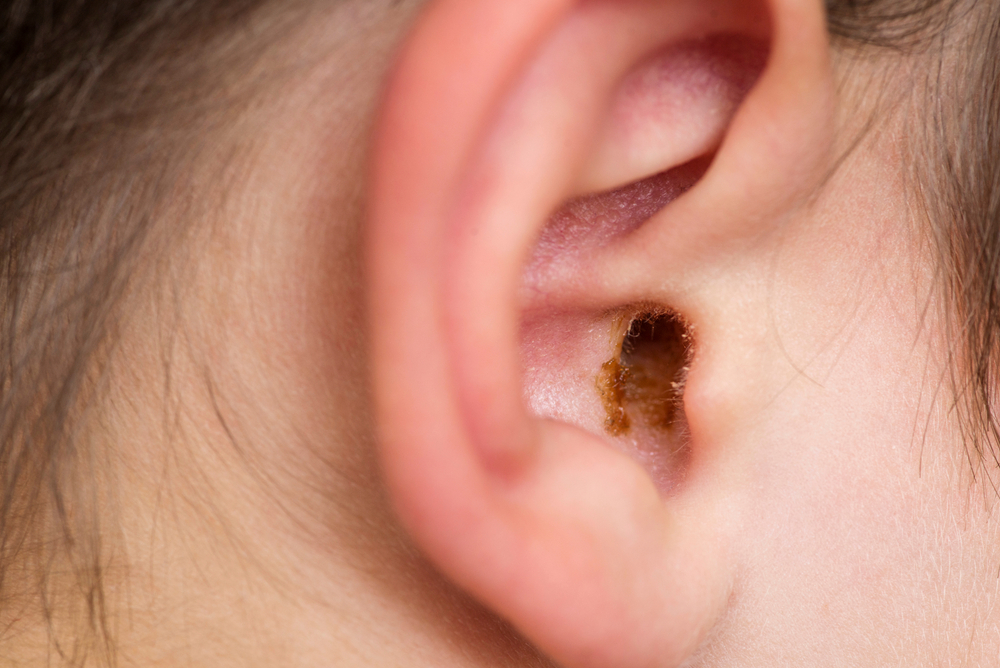
You most likely don’t give much thought to earwax buildup unless you’re in the process of cleaning it out. Nonetheless, understanding what causes earwax, how it develops, and its purpose is essential.
What causes the accumulation of earwax?
Earwax, also technically called cerumen, is composed of a combination of sweat, skin particles, hair, debris, and ceruminous gland secretions. Earwax will appear as a waxy substance that will normally be yellow, orange, brown, or even grey.
While the production amount of earwax differs from person to person, adults usually generate less earwax than kids. Furthermore, adult earwax tends to be darker and harder compared to that of children.
Earwax passes the outer ear canal naturally, ultimately reaching the ear opening, where it either self-expels or gets washed away during bathing.
Why is earwax important?
Earwax serves several crucial functions, such as:
- Preventing itchiness and dryness by moisturizing and safeguarding the lining of the ear canal.
- Before things such as dust, dirt, or other outside debris go further up into the ear canal, earwax acts as a barrier.
- Helping prevent ear infections.
Earwax obstructions
Usually, there’s no crucial need to remove earwax from your ears unless it becomes impacted, a prevalent problem associated with earwax. Sometimes, earwax is unable to easily get to the opening of the ear due to narrow or abnormally shaped ear canals.
Wax can be accidentally pushed up into the ear canal by utilizing poor cleaning methods like using cotton swabs.
Individuals wrestling with hearing loss who make use of earplugs or hearing aids are also predisposed to experiencing ear canal blockages.
How is hearing affected by too much earwax?
Auditory health might be hindered and you might feel slight discomfort.
Ringing in the ears, or tinnitus, could also happen.
Acoustic trauma may lead to long-term hearing impairment, perforated eardrums, and long-term hearing loss if earwax obstructions go neglected.
Dealing with impacted earwax
If you suspect an earwax blockage, consulting us immediately is imperative. Depending on the extent of the blockage, you may be advised to use over-the-counter wax softening drops or a bulb syringe for delicate irrigation to alleviate the condition.
Call us right away if you need some assistance with an earwax obstruction.

